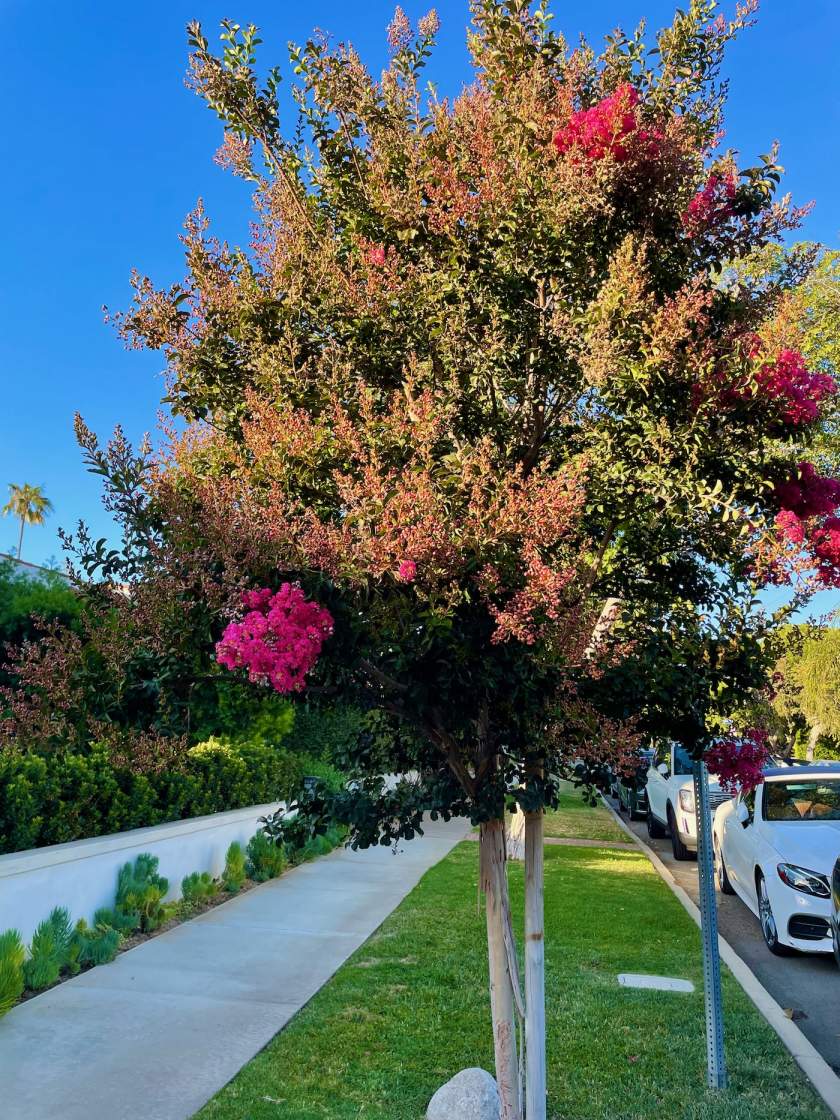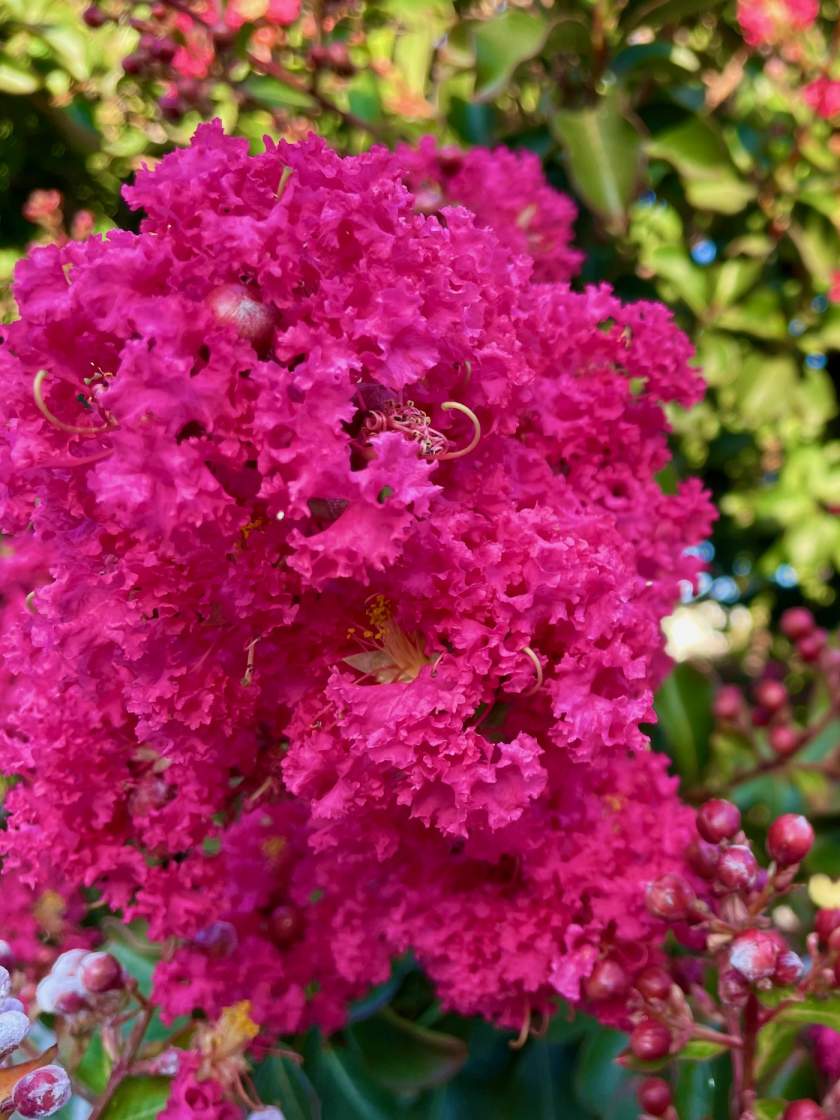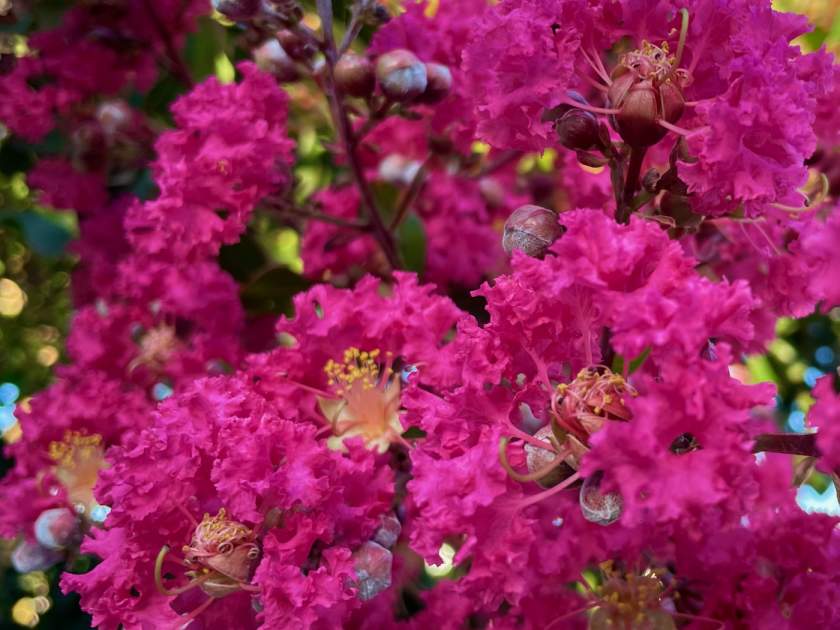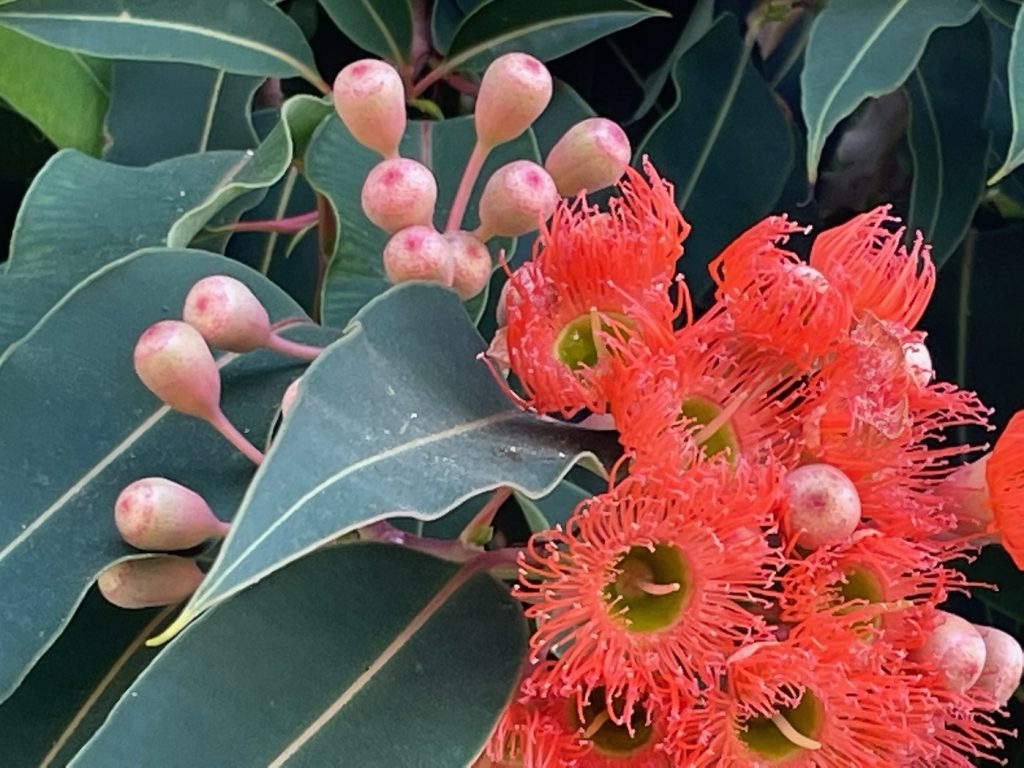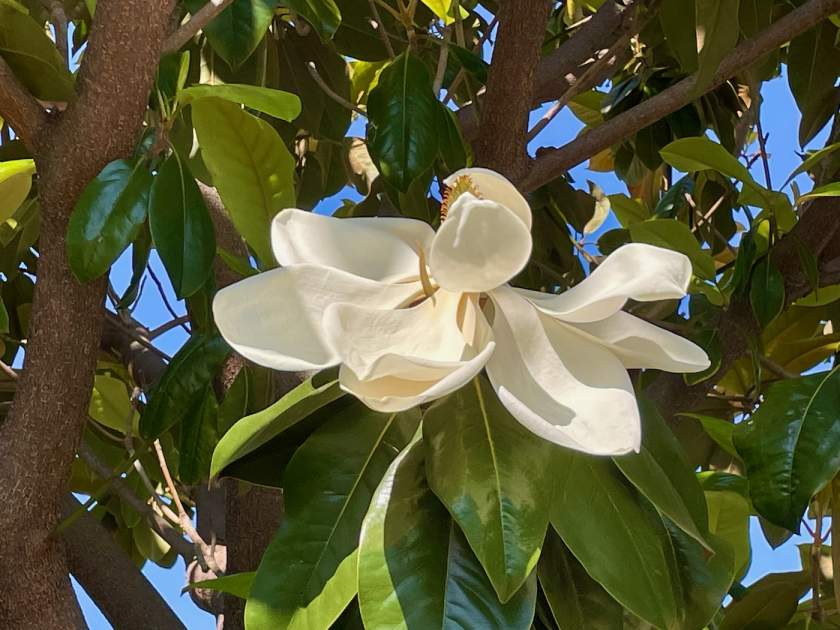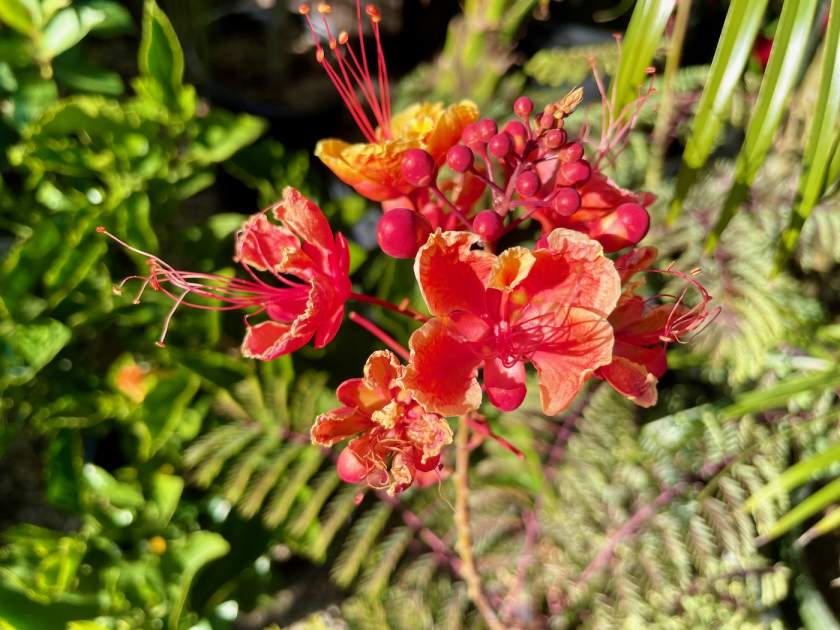Lagerstroemia speciosa: The Majestic Giant Crepe-Myrtle of Southern Asia
Lagerstroemia speciosa, commonly known as Giant Crepe-Myrtle, Queen’s Crepe-Myrtle, Queen’s Crape-Myrtle, Banabá Plant, or Pride of India, is a magnificent tree species native to tropical southern Asia. Belonging to the family Lythraceae, this striking tree is renowned for its vibrant pink to light purple flowers and holds significant cultural and botanical importance in the regions where it thrives.
Characteristics of Leaves and Flowers: The leaves of Lagerstroemia speciosa are simple, deciduous, and exhibit an oval to elliptic shape with a stout petiole. They grow to be 8-15 cm long and 3-7 cm wide, featuring an acute apex. The flowers of this majestic tree are a sight to behold, emerging in erect panicles that can reach lengths of 20-40 cm. Each flower showcases six petals ranging from white to purple, measuring 2-3.5 cm in length. The profusion of these exquisite flowers in shades of purple, lilac, or pinkish-violet adds a regal touch to the tree, with the blooms lasting for several months.
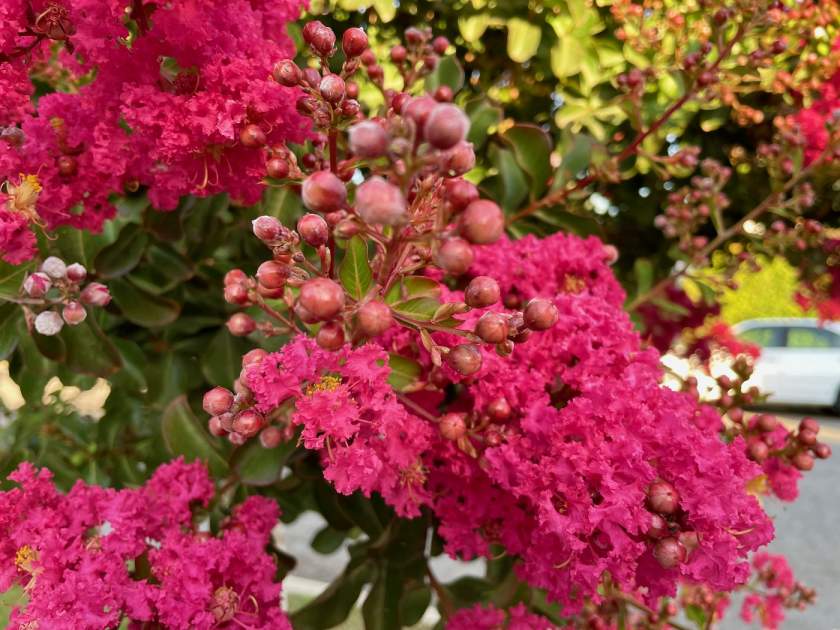
Cultivation of Lagerstroemia speciosa:
Sunlight: Lagerstroemia speciosa thrives in direct sunlight. It requires at least six hours of direct sunlight to ensure abundant flower production and optimal growth.
Watering: While Lagerstroemia speciosa favors wet, well-drained soil, it exhibits great adaptability and can flourish in various soil types, including sand, loam, and clay. Regular watering is essential to maintain the tree’s health, providing approximately an inch of water per week. It is crucial to strike a balance and avoid overwatering to prevent root damage and rot.
Soil: This majestic tree prefers fertile, well-drained soils. Loam-like soils rich in nutrients, with adequate drainage and moisture absorption, are ideal for its growth. While Lagerstroemia speciosa can tolerate alkaline soil, it thrives best in a pH range of 5.5 to 7.5.
Pest and Disease Management: Lagerstroemia speciosa may encounter certain insect and disease issues. Regular inspection of the tree for pests, such as aphids or powdery mildew, is recommended. Appropriate pest control measures, including natural or chemical treatments, can be employed to mitigate any infestations or diseases.
Propagation:
Lagerstroemia speciosa can be propagated through seeds, which are easily raised. Collect mature seeds from the tree, sow them in well-prepared soil, and ensure proper moisture for successful germination. Alternatively, the tree can be propagated through vegetative methods, such as stem cuttings or air layering.
Cultural Significance and Uses: In addition to its botanical magnificence, Lagerstroemia speciosa holds cultural significance in various regions. In Theravada Buddhism, it is associated with achieving enlightenment, known as Bodhi. Locally, it is known as “Murutha” in Sinhala and “Mahaasona” in Sanskrit. The tree’s timber is highly valued for its strength, second only to teak. Furthermore, parts of the tree, such as the bark and leaves, possess medicinal properties, with the roots being utilized as astringents, stimulants, and febrifuges. In Manipur, the fruit of Lagerstroemia speciosa is applied locally to alleviate mouth apathy.
Embodying beauty, strength, and cultural significance, Lagerstroemia speciosa stands tall as a remarkable tree species native to Eastern Asia. Its striking flowers, symmetrical crown, and adaptability make it a cherished addition to gardens, parks, and landscapes where it flourishes, captivating all who encounter its grandeur.
